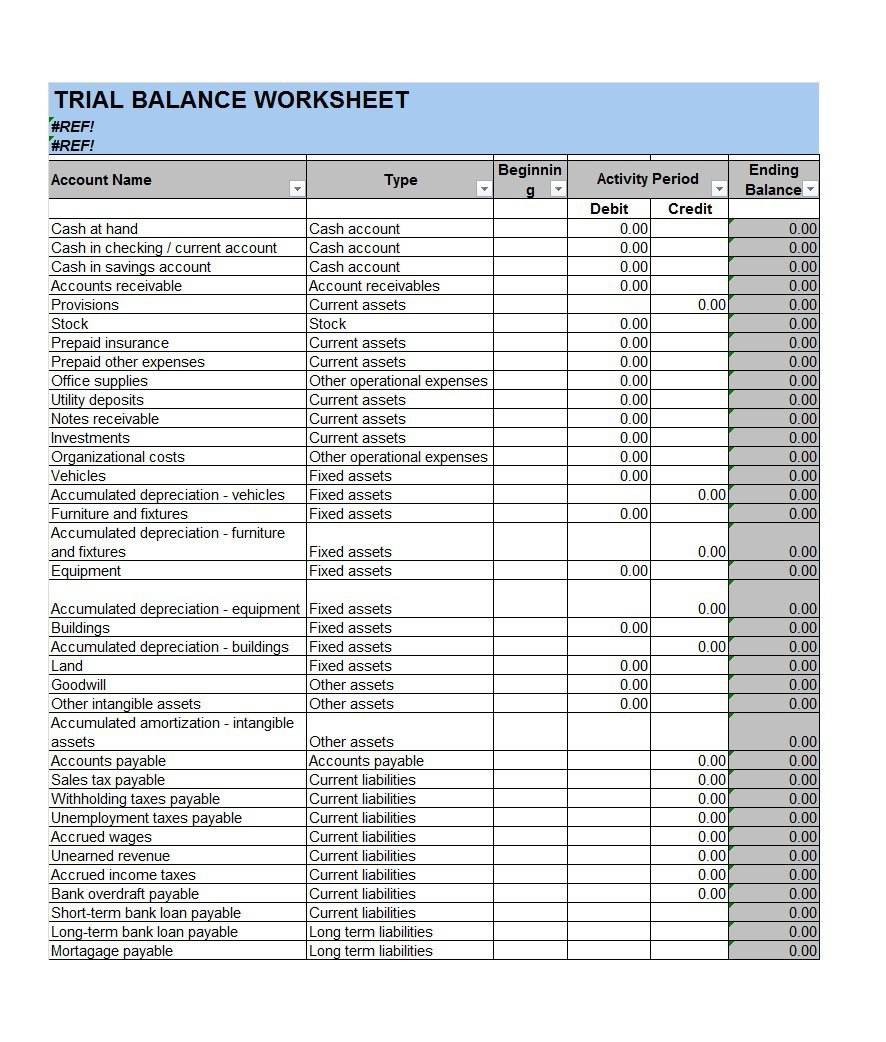Balance Sheet: Meaning, Format, Formula & Types of Company Balance Sheets

There are three main ways to analyze the investment-quality of a company through its balance sheet. First, the fixed asset turnover ratio (FAT) shows how much revenue a company’s total assets generate. Second, the return on assets (ROA) ratio shows how much profit is being generated from its total assets. Lastly, the cash conversion cycle (CCC) shows how well a company is managing its accounts receivables and inventory.

What is included in the balance sheet?
Ratios like the current ratio are used to identify how leveraged a company is based on its current resources and current obligations. Liabilities are obligations to parties other than owners of the business. They are grouped as current liabilities and long-term liabilities in the balance sheet. Current liabilities are the obligations that are expected to be met within a period of one year by using current assets of the business or by the provision of goods or services.
What is Included in the Balance Sheet?
Current liabilities are obligations that are expected to be settled within one year. Examples of current liabilities include accounts payable, wages payable, accrued expenses, and short-term debt. Current assets are assets that are expected to be converted into cash or used up within one year. Examples of current assets include cash and cash equivalents, marketable securities, inventory, and accounts receivable. The cash flow statement is another important financial statement that shows a company’s cash inflows and outflows over a specific period. You can use this report to see how your business is doing overall and whether it has enough cash to cover its expenses.
What is the difference between a balance sheet and an income statement?
Financial strength ratios can include the working capital and debt-to-equity ratios. Like assets, you need to identify your liabilities which will include both current and long-term liabilities. It is crucial to note that how a balance sheet is formatted differs depending on where the company or organization is based. As you can see, it starts with current assets, then the noncurrent, and the total of both. Like assets, liabilities can be classified as either current or noncurrent liabilities. If the company takes $10,000 from its investors, its assets and stockholders’ equity will also increase by that amount.
Monitoring Financial Stability
You will need to tally up all your assets of the company on the balance sheet as of that date. This may include accounts payables, rent and utility payments, current debts or notes payables, current portion of long-term debt, and other accrued expenses. It is also possible to grasp the information found in a balance sheet to calculate important company metrics, such as profitability, liquidity, and debt-to-equity ratio.
A comparison of data across periods shows how well the business is managing its resources. For example, higher retained earnings could signal that the company is not only profitable but that profits are being reinvested to good effect. To analyze the comparative balance sheet, one needs to calculate a few vital formulas and figures to generate a valuable perspective for the stakeholders. Below are some essential comparative balance sheet formulas required for analysis. The statement of financial position or (SOFP) is just another name for the balance sheet.
- The balance sheet is an important financial statement because it provides investors with a snapshot of a company’s financial position.
- On the basis of such evaluation, they anticipate the future performance of the company in terms of profitability and cash flows and make important economic decisions.
- Department heads can also use a balance sheet to understand the financial health of the company.
- Finance Strategists has an advertising relationship with some of the companies included on this website.
- A pro forma balance sheet makes estimates on the future effects on assets, liabilities, and net worth after applying assumptions and projections to the current performance of the company.
It signifies the ownership claim that shareholders have in the company. Balance sheets are important because they give a picture of your company’s financial standing. Before getting a business loan or meeting with potential investors, a company has to provide an up-to-date balance sheet. A potential investor book value per share bvps overview formula example or loan provider wants to see that the company is able to keep payments on time. Your balance sheet can help you understand how much leverage your business has, which tells you how much financial risk you face. To judge leverage, you can compare the debts to the equity listed on your balance sheet.
In order to get a more accurate understanding of the company, business owners and investors should review other financial statements, such as the income statement and cash flow statement. In order to get a complete understanding of the company, business owners and investors should review other financial statements, such as the income statement and cash flow statement. The notes contain information that is critical to properly understanding and analyzing a company’s financial statements.
Like any other financial statement, a balance sheet will have minor variations in structure depending on the organization. Following is a sample balance sheet, which shows all the basic accounts classified under assets and liabilities so that both sides of the sheet are equal. In practice, the balance sheet offers insights into the current state of a company’s financial position at a predefined point in time, akin to a snapshot. In the asset sections mentioned above, the accounts are listed in the descending order of their liquidity (how quickly and easily they can be converted to cash). Similarly, liabilities are listed in the order of their priority for payment. In financial reporting, the terms “current” and “non-current” are synonymous with the terms “short-term” and “long-term,” respectively, and are used interchangeably.
If you want to see more examples of balance sheets, look at the Companies House website. All Limited companies must submit a Balance Sheet each year, which is available to view. All accounting software packages will include the Balance Sheet in their reporting section. For example, the assets, particular the long term assets are normally shown at cost or revaluation at a point in time, they do not show the current market value of those assets. Similarly, putting a specific value on intangible assets like brand value or intellectual property can be subjective and tough to determine.

Seems a little quiet over here
Be the first to comment on this post
Write a response